Zenaga is a Berber language on the verge of extinction currently spoken in Mauritania and northern Senegal by a few hundred people. Zenaga Berber is spoken as a mother tongue from the town of Mederdra in southwestern Mauritania to the Atlantic coast and in northern Senegal. The language is recognized by the Mauritanian government.
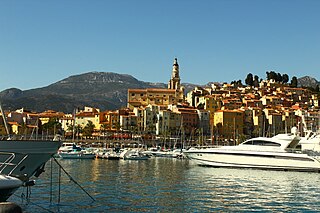
Menton is a commune in the Alpes-Maritimes department in the Provence-Alpes-Côte d'Azur region on the French Riviera, close to the Italian border.

Occitania is the historical region in Western and Southern Europe where the Occitan language was historically spoken and where it is occasionally used as a second language. This cultural area roughly encompasses much of the southern third of France as well as part of Spain, Monaco, and parts of Italy.
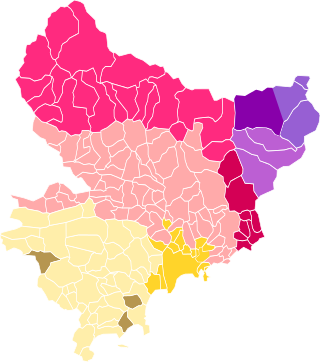
Niçard, nissart/Niçart, niçois, or nizzardo is the dialect that was historically spoken in the city of Nice, in France, and in a few surrounding communes. Niçard is a subdialect of Provençal, itself a dialect of Occitan. Some Italian irredentists have claimed it as a Ligurian dialect, on false grounds.
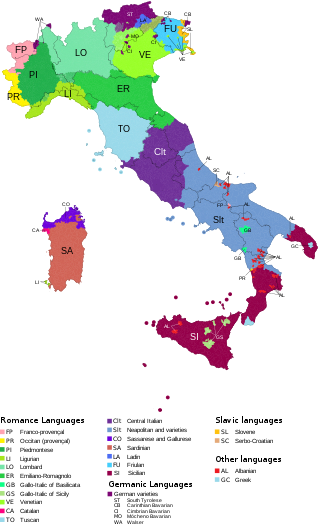
The languages of Italy include Italian, which serves as the country's national language, in its standard and regional forms, as well as numerous local and regional languages, most of which, like Italian, belong to the broader Romance group. The majority of languages often labeled as regional are distributed in a continuum across the regions' administrative boundaries, with speakers from one locale within a single region being typically aware of the features distinguishing their own variety from one of the other places nearby.

The Gallo-Italic, Gallo-Italian, Gallo-Cisalpine or simply Cisalpine languages constitute the majority of the Romance languages of northern Italy: Piedmontese, Lombard, Emilian, Ligurian, and Romagnol. In central Italy they are spoken in the northern Marches ; in southern Italy in some language islands in Basilicata and Sicily.

Ligurian or Genoese is a Gallo-Italic language spoken primarily in the territories of the former Republic of Genoa, now comprising the area of Liguria in Northern Italy, parts of the Mediterranean coastal zone of France, Monaco, the village of Bonifacio in Corsica, and in the villages of Carloforte on San Pietro Island and Calasetta on Sant'Antioco Island off the coast of southwestern Sardinia. It is part of the Gallo-Italic and Western Romance dialect continuum. Although part of Gallo-Italic, it exhibits several features of the Italo-Romance group of central and southern Italy. Zeneize, spoken in Genoa, the capital of Liguria, is the language's prestige dialect on which the standard is based.

Sassello is a comune (municipality) in the Province of Savona in the Italian region Liguria, located about 58 kilometres (36 mi) west of Genoa and about 26 kilometres (16 mi) north of Savona in the northern side of the Ligurian Apennines. It is the birthplace of Blessed Chiara Badano.
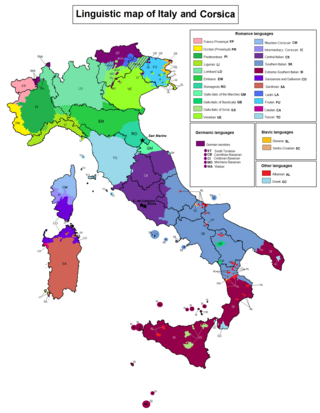
Gallo-Italic of Sicily is a group of Gallo-Italic languages found in about 15 isolated communities of central eastern Sicily. Forming a language island in the otherwise Sicilian language area, it dates back to migrations from northern Italy during the reign of Norman Roger I of Sicily and his successors.

The official language of Monaco is French. Monégasque, a variety of the Ligurian language, is the national language of the Monégasque people. However, it is the primary language of very few people. There are several other languages spoken in addition to French and Monégaque, including Italian and English.

Italian irredentism in Nice was the political movement supporting the annexation of the County of Nice to the Kingdom of Italy.

Saorge is a commune in the Alpes-Maritimes department in southeastern France. Highway E74 which runs north from Menton, passes through Saorge on its way to the Col de Tende where it crosses into Italy.
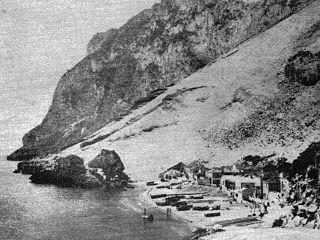
Genoese Gibraltarians have existed in Gibraltar since the 16th century and later became an important part of the population. It is an ethnic community made up of descendants of Genoese and Ligurians who emigrated to Gibraltar during the Italian diaspora. The population of Gibraltar with Genoese surnames is around 20% of the total.

Intemelio is a Ligurian dialect spoken historically from the Principality of Monaco to the Italian province of Imperia.

The Lombards of Sicily are an ethnolinguistic minority living in Sicily, southern Italy, speaking an isolated variety of Gallo-Italic languages, the so-called Gallo-Italic of Sicily.
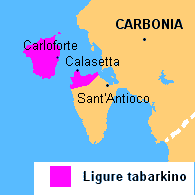
Tabarchino is a dialect of the Ligurian language spoken in Sardinia.
Royasc is a dialect bridging the gap between the Ligurian language and the Occitan language. It is spoken in Italy and France.

Niçard Italians are Italians who have full or partial Nice heritage by birth or ethnicity.
Fiorenzo Toso was an Italian academic, linguist, and dialectologist.
















